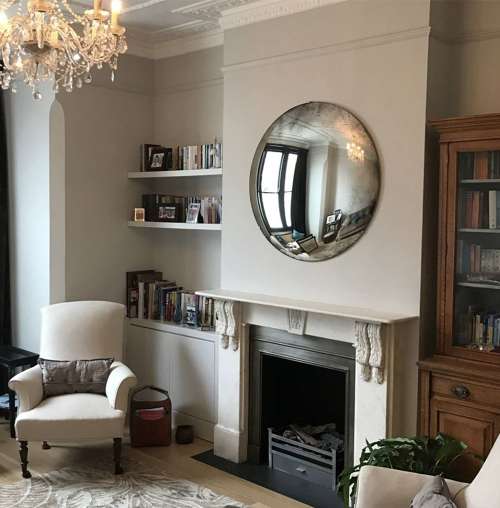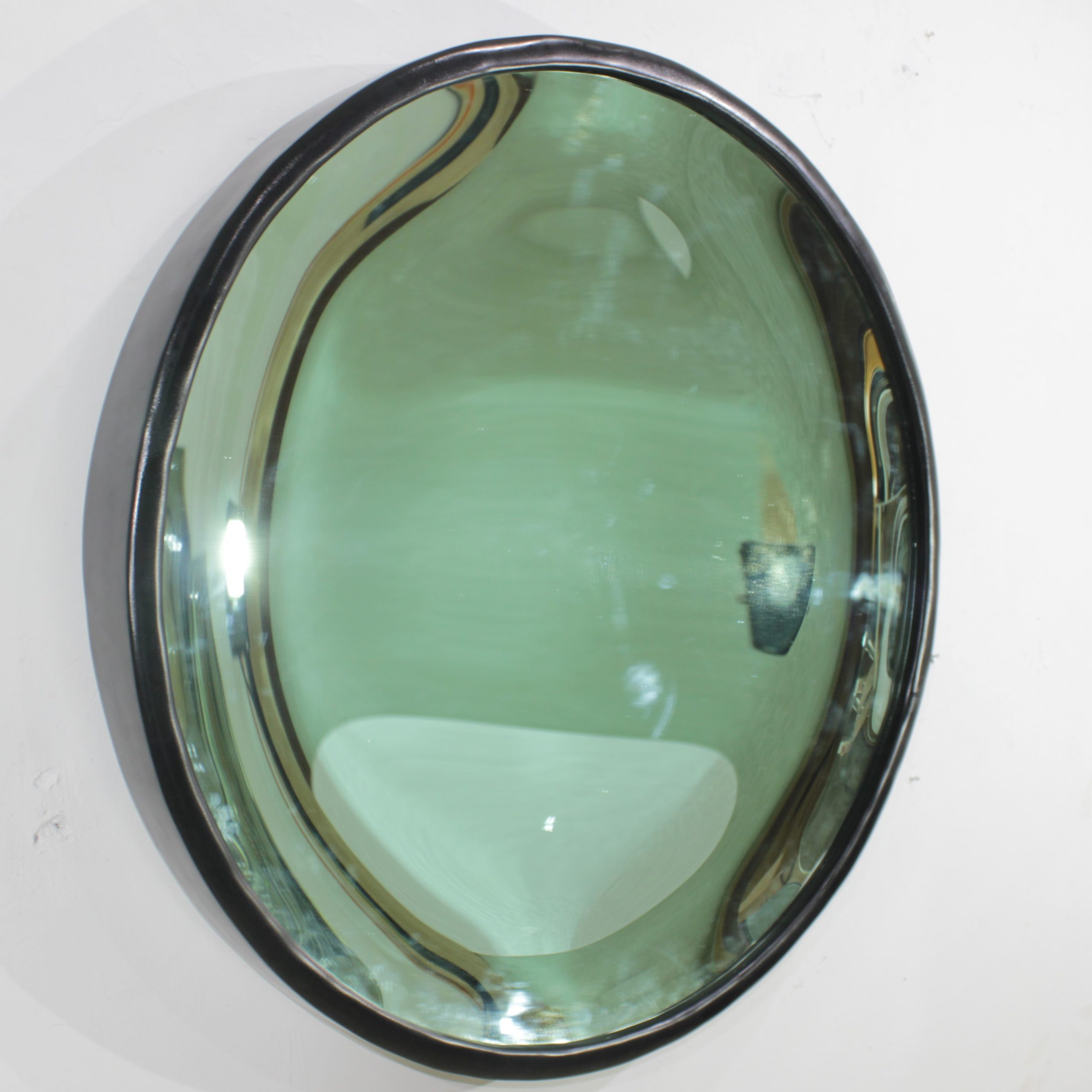
A mirror is a reflective surface that bounces light to produce a real or virtual image. When an object is placed in front of a mirror, an image of the same object is reflected in the mirror. The object itself the source of the incident light and the image is formed by the reflected light.
Depending on the intersection of the rays, the image is classified as real or virtual. A real image is created when rays actually intersect, whereas a virtual image is created by the apparent difference of rays from a point.
A ray diagram helps trace the path of light so that a person can see points on an image of an object. A ray diagram uses lines with arrows to represent incident rays and their reflections. It also helps track which direction the light is traveling.
A plane mirror is flat, it’s a smooth reflective surface. A plane mirror always forms a vertical virtual image, with the same shape and size as the object. A spherical mirror is a mirror with constant curvature and a fixed radius of curvature. Images formed by spherical mirrors are either real or virtual. Here are two types of spherical mirrors:
The next few sections detail the properties of convex and concave mirrors and the images they form when objects are placed in various positions. When the cut part of the hollow ball is painted from the inside, the outside becomes a reflective surface. This type of mirror is known by many people a Convex Wall Mirror.

Convex Mirror Round is also called divergent mirrors because light rays scatter when they hit a reflective surface. Virtual, erect, and drooping images are always formed using a convex mirror, regardless of the distance between the object and the mirror.
If the beam hits the pole of a concave or convex mirror obliquely, it will be reflected obliquely at the same angle as the principal axis. When a beam parallel to the principal axis hits a concave or convex mirror, the reflected rays pass through a focal point on the principal axis.
When a ray passing through the focal point hits a concave or convex mirror, the reflected ray will be parallel to the principal axis. A ray passing through the center of curvature of a spherical mirror changes its path after reflection.
There are so many sizes of this mirror, for example the size of the Small Convex Mirror. The small size can be used in any room according to your finish, be it the living room or family room. But remember for small sizes, the placement must be appropriate, don’t put the decorations too crowded. Despite the size and function of this convex mirror, it shows the appearance of a double image of the sleep.
The image formed in a convex mirror is always virtual and upright, regardless of the position of the object. In this section, let’s look at the types of images formed by Convex Mirrors Antique. If you put an object at infinity, it will form a virtual image when it comes into focus. The image size is much smaller than the object size itself.
When an object is placed at a finite distance from the mirror, a virtual image is formed between the pole and the focal point of the convex mirror. The image size is smaller than the object size itself. Interested in buying kind of this mirror? Don’t forget to search trustworthy Convex Mirror Supplier nearby!
Please visit our store Online :
https://www.tokopedia.com/margoglass
https://shopee.co.id/margoglass2
We are a leading manufacturer and wholesaler of Venetian mirrors in Indonesia. With our commitment to elegant design, superior quality, and competitive prices, we cater to individuals, wholesalers, and even large-scale projects such as hotels.
Whether you need advice on designs or sizes, feel free to consult with us. Let us be your reliable source for exquisite Venetian mirrors.